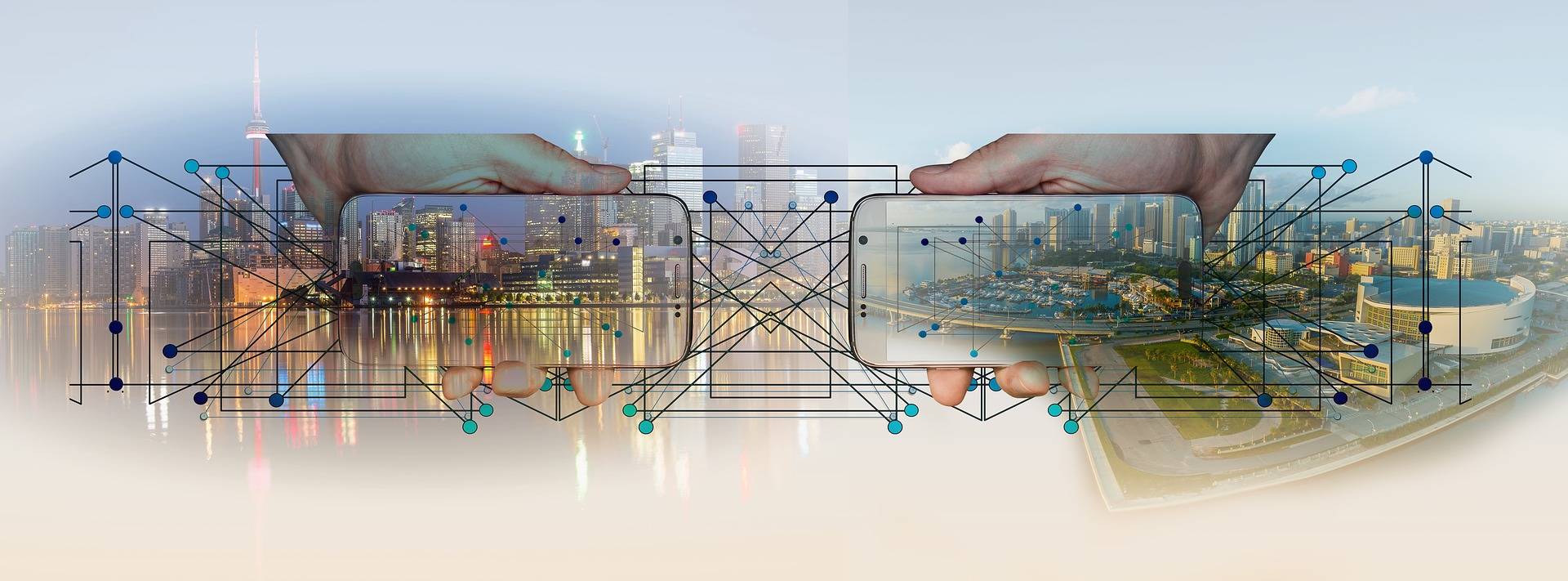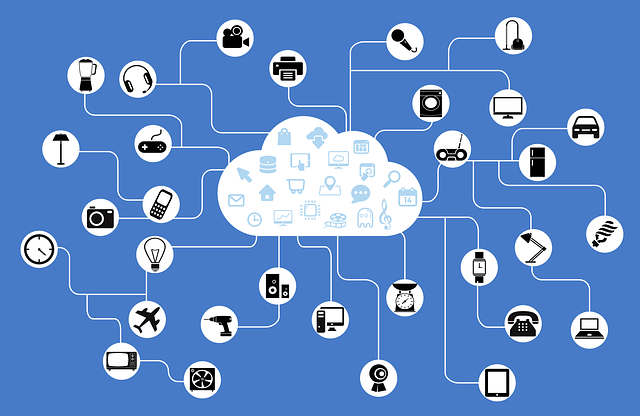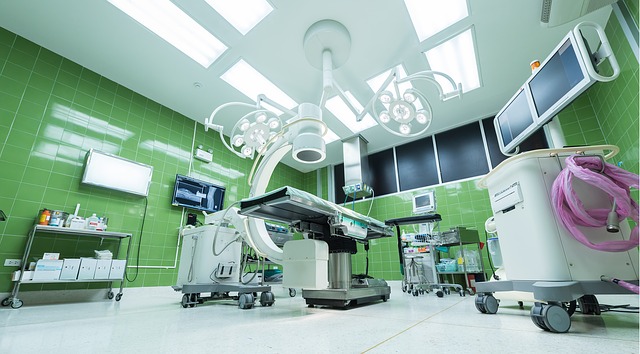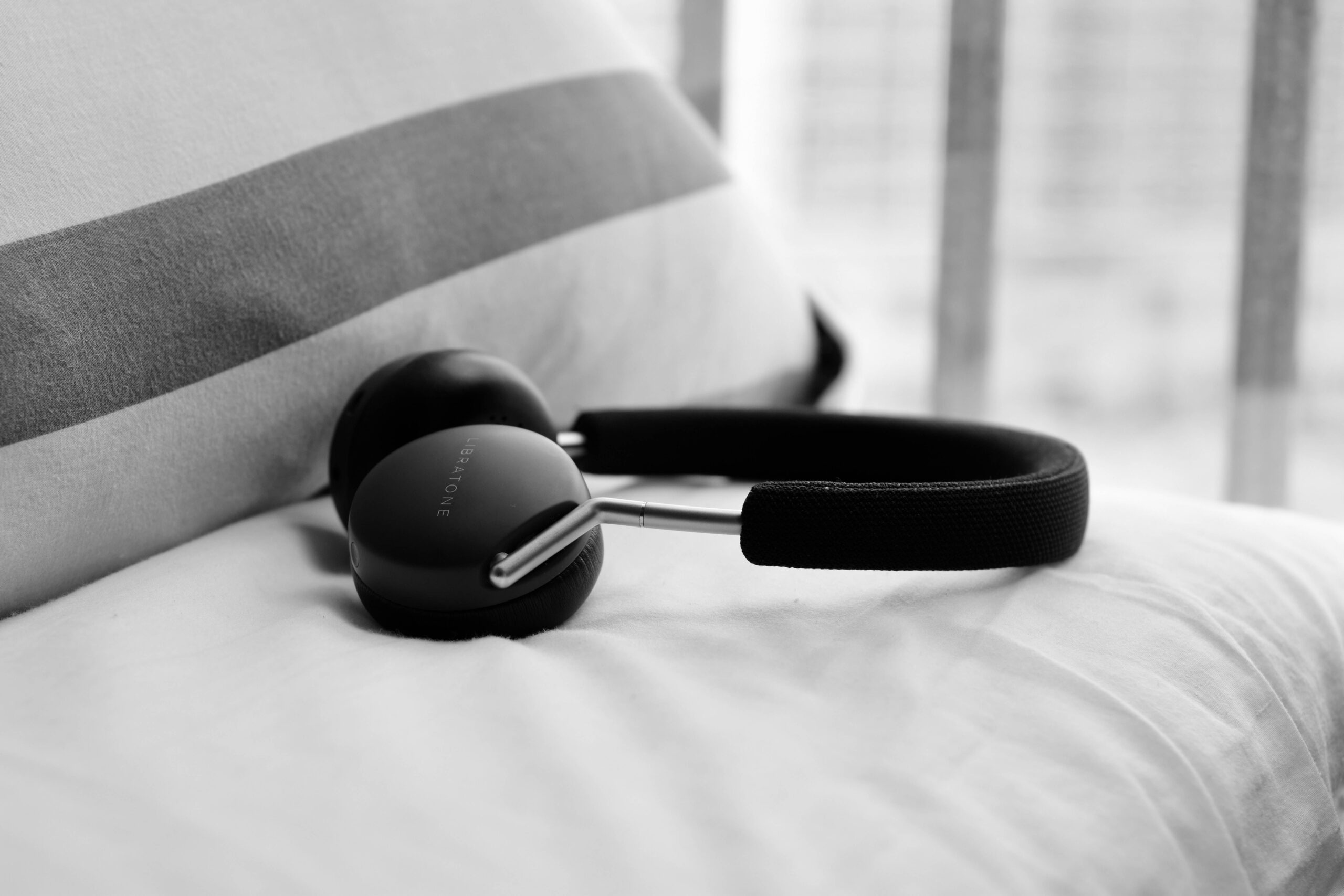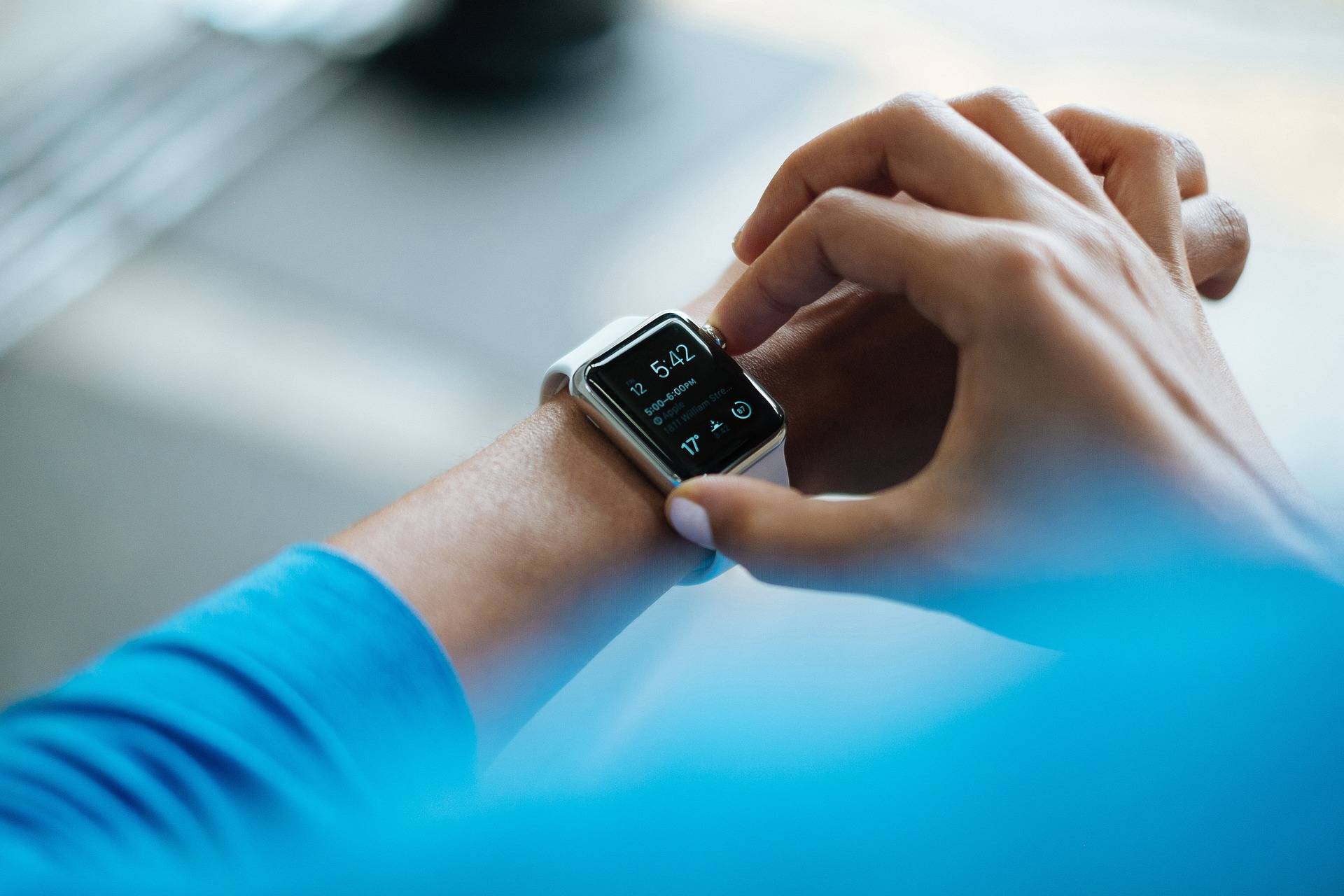5 Benefits of The Internet of Things in Healthcare
The growing developments in the Internet of Things (IoT) have many exciting implications for the future of healthcare.
Connected technology is entering our homes and workplaces, so it follows that healthcare may benefit from its data-processing abilities. Benefits include more timely decision-making and hopefully the overall goal – better patient outcomes.
Read below for the top 5 IoT Use Cases in Healthcare:
#1. Remote healthcare and monitoring
Before the introduction of connectivity and IoT in healthcare, it’s fair to say that a lot less monitoring of patients was going on outside of a hospital setting – it just wasn’t possible. So if you were admitted to the hospital, you’d be very closely monitored while there, but once discharged, no one would know what was happening with you outside of checkups.
The problem with this is that a lot of issues can develop once a patient has been discharged, and often these are things that could be prevented or minimized if doctors had early access to outpatient data.
IoT has a vital role to play in remote healthcare and monitoring. Data can be captured via sensors in medical devices and shared in real time with physicians. Serious conditions can be prevented from developing, while a chronic disease can be monitored for progress. For example, key indicators such as blood pressure, glucose levels and weight can be monitored remotely.
There are a number of new sensors that have been built to monitor other potential early indicators of problems. For example, fall alerts for senior citizens or monitoring of facial expressions to pick up signs of emotional distress in patients. These indicators are important for physicians to understand early on if there may be any escalation in symptoms of a chronic disease.
#2. Better drug management
There are three ways in which IoT in healthcare can help with better drug management:
- The first one is to understand how much medication was administered. For example, if you think about administering an inhaler, especially to a young child, it is often difficult to gauge how much medication has been given. Sensors in the inhaler can help to monitor this accurately, so physicians can then also build a picture of how much medication is used and whether the amount or medication as a whole is effective.
- IoT can help to measure whether medication is being absorbed, or where it is being absorbed in the body. For example, there are drugs with sensors onboard that monitor medication as it is given.
- The third way IoT helps is that physicians are able monitor whether patients are adhering to recommended medication regimen or dosages. The patient themselves could be reminded with an alert that they need to take their medication. In some cases (perhaps where a patient is in particular need of close monitoring), perhaps an alert could even be sent to a designated family member if they have not taken their medication according to their recommended schedule.
#3. To inform an adjustment of therapies
IoT allows physicians to gather a lot of data on their patients that can be used to inform the therapies they prescribe. Let’s say a patient has been on a certain regimen for a while, but their progress or results lie outside of desired boundaries. IoT can determine that results are not where they should be, and potentially make recommendations to physicians based upon an algorithm.
Physicians can then use this data and take into account any recommendations via the technology to make an adjustment to the therapies they prescribe. As an example, a machine providing therapy for sleep apnoea can monitor for apnoea or hyper-apnoea while the machine is in use. It can adjust the pressure delivered as a result of the symptoms it monitors.
#4. To monitor device health
Critical medical devices, especially those used to sustain health or human life need to reliably run at all times. However, like anything else with a mechanical component, these devices can break down or experience issues such as system failures. If a device is not ready for use when it’s needed, there’s often a risk of resulting harm to the patient.
IoT sensors on medical devices can help those machines to measure and assess their own device health. This information can then be relayed to the hospital, medical device company or whoever really needs to know it. These people are then able to take a proactive approach to maintain the device. It’s much better to be able to catch any issues before they present a risk to the patient!
An example is Philips e-Alert for MRI systems. This IoT innovation virtually monitors medical hardware and sends an alert to hospital staff if any problem is detected.
#5. Better management of clinical infrastructure
There are a lot of moving parts to a clinical infrastructure – people, operating rooms, inventory and other resources. In many hospitals, for example, the OR is managed the old-fashioned way, with whiteboards manually updated to track schedules and who is going where.
IoT brings the opportunity for a more efficient way of managing clinical operations. Sensors can track who is where and what is happening, updating an online schedule for all to see. This means that data is tracked in real time, rather than people having to remember to manually update a whiteboard.
This efficient management can help to reduce wait times and reduce costs for the hospital. They are able to more effectively use their people, inventory and infrastructure as needed, rather than always being a step behind what is really happening.
A real-life example can be found at Mt. Sinai Medical Center in New York City. The hospital implemented AutoBed, an IoT-powered software that helps them to track occupancy and patient need metrics. They were able to slash wait times for 50 percent of their emergency room patients who were in need of inpatient care.
Another application that is being trialed in some hospitals is the tracking of staff and patients through IoT technology. Safety and security are always of major concern, especially in large premises where it’s difficult to track people.
Final thoughts
IoT has the potential to make a great impact on healthcare. These top 5 IoT use cases highlighted are just the beginning, so it will be exciting to see how the use of the technology develops.
From better patient care to proactive management of devices, to more efficient systems in hospitals and other clinical settings, there are many applications for IoT in healthcare.
For medical device developers the bottom line is, will IoT help you to create a better device? Will the use of this technology give you a competitive edge? The stage is set for IoT connectivity to become the norm.


